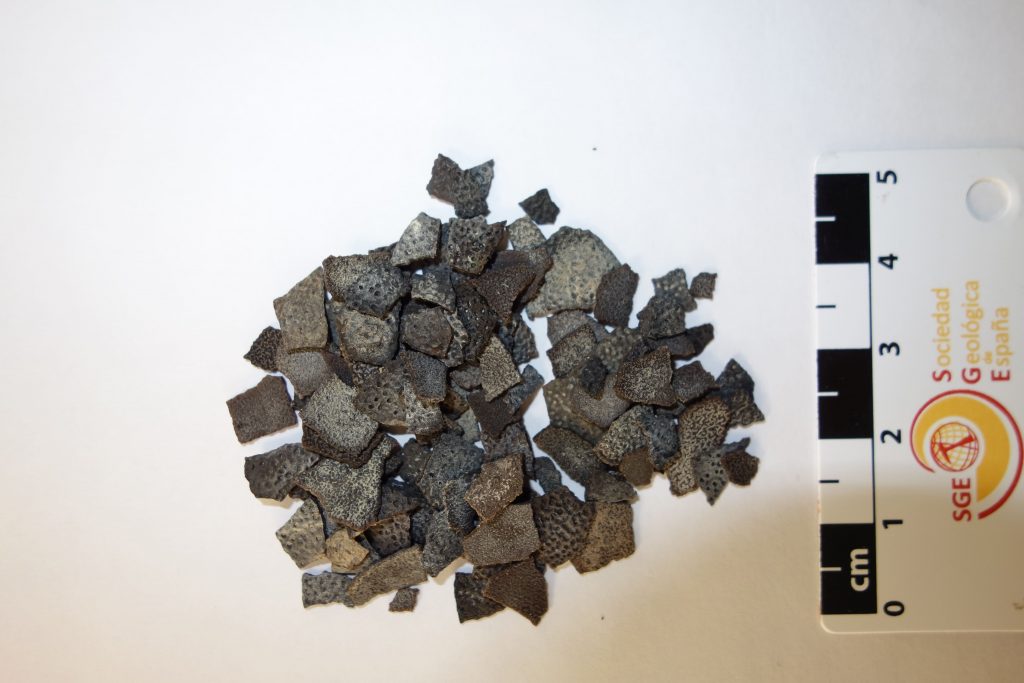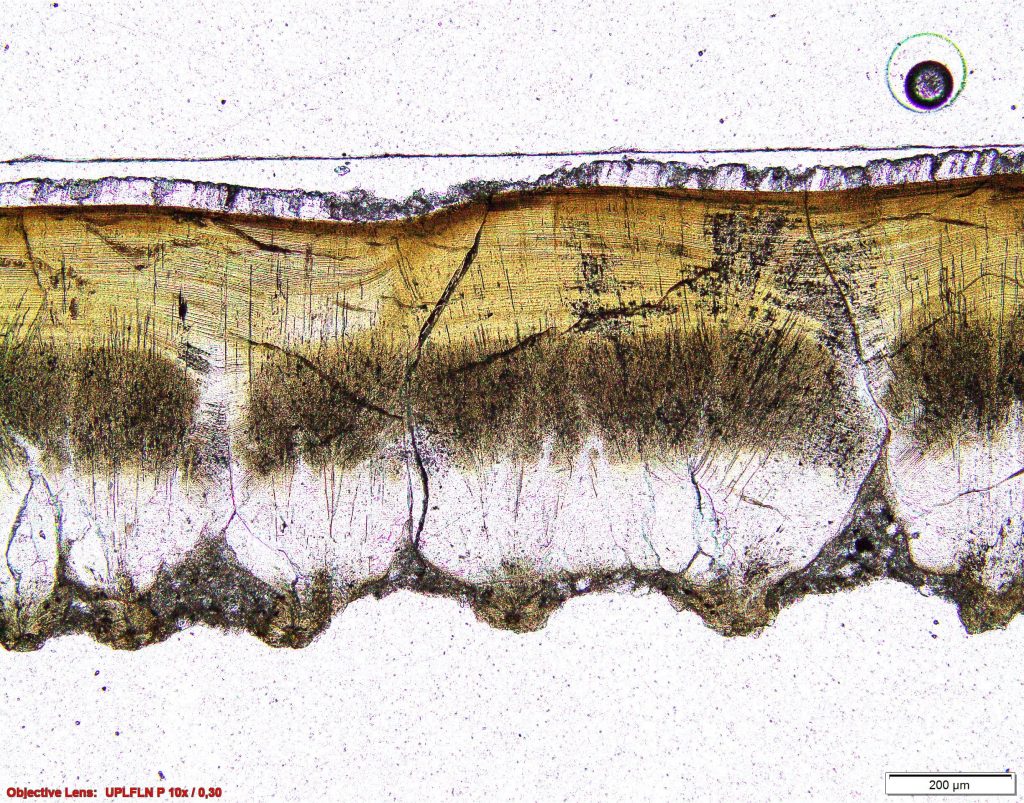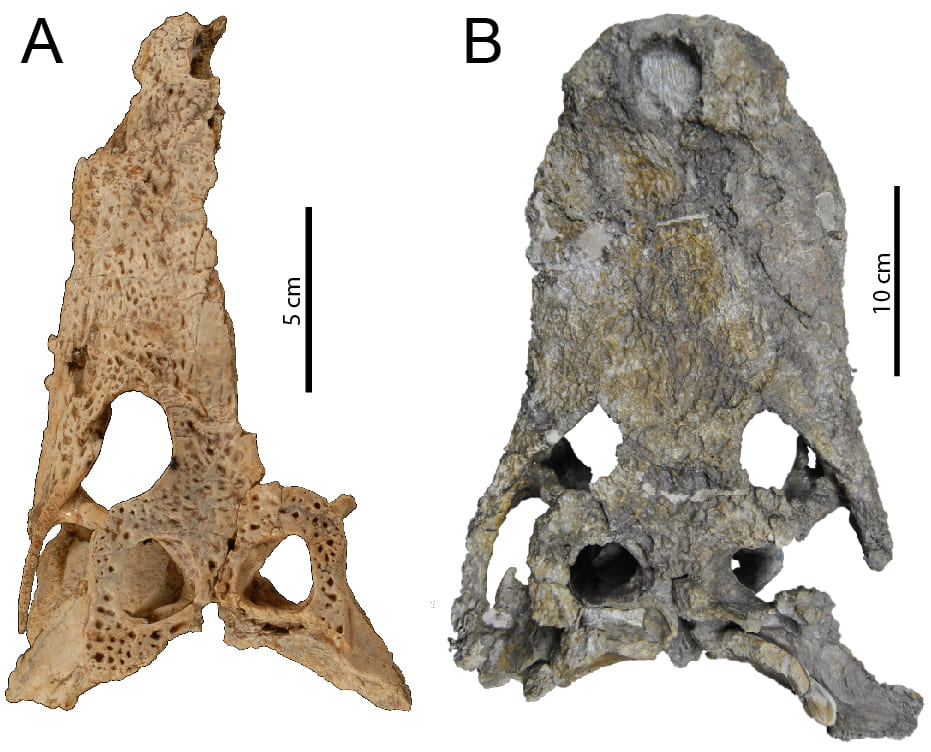(Zaragoza, Wednesday, August 31, 2022). A new study carried out by paleontologists from the Aragosaurus-IUCA group of the University of Zaragoza, in collaboration with other researchers from the Nova University of Lisbon and the Institut Català de Paleoecologia Humana i Evolució Social (IPHES), has made it possible to describe a new species of shell crocodile egg from the Upper Cretaceous of the Aragonese Pyrenees.
The journal Historical Biology has recently published this research based on the recovery of more than 300 eggshell fragments, found near Biascas de Obarra, in the municipality of Beranuy (Ribagorza, Huesca).
These fragments were part of the eggs laid by crocodiles that lived with the last Iberian dinosaurs at the end of the Cretaceous and that appear in the sedimentary rocks of the Tremp Formation, which outcrops in this sector of the Pyrenees. The most recent dates of these outcrops place these rocks within the last 250,000 years of the Cretaceous, very close in time to the Cretaceous/Paleogene boundary, when there was a meteorite impact against planet Earth and the extinction of the dinosaurs.

The new shell species of Biascas de Obarra has been named Pachykrokolithus excavatum, in reference to its unusual thickness (0.8 mm on average) and its highly ornamented outer surface, with a combination of bumps and depressions, which give it an unusual appearance. excavated. In addition to Beranuy, shells of Pachykrokolithus have been identified in other parts of the Ribagorza region, such as Serraduy or Arén.

In the article published in the journal Historical Biology, the shells of Biascas de Obarra have been compared with other crocodile egg shells, both current and fossil from other areas of the world, such as Portugal or the United States, being able to confirm that Pachykrokolithuses the shell of thickest crocodile that exists in the fossil record. On the other hand, it has also been compared with the shells of hadrosaur dinosaurs that also appear in the area, and that at first glance can be confused. In this way, they can be more easily differentiated in future discoveries.
Remains of crocodiles from this period were already known in Ribagorza, such as Arenysuchus gascabadiolorum from the town of Arén, or Agaresuchus subjuniperus, also found in Beranuy. However, not as much information was known about the eggs these crocodiles laid, and with the discovery of Pachykrokolithus, a new piece of the puzzle is completed. Once again, Ribagorza is marked on the map as one of the best places in Europe to study the extinction at the end of the Cretaceous and the fossils of the animals that suffered it.

The Aragosaurus team has been working on fossil egg sites in the province of Huesca for more than 20 years. These works have experienced a great boost with the recent inauguration of the new “Loarre Paleontological Laboratory”, located in this municipality of Huesca, from where studies on dinosaur eggs and other vertebrates are coordinated and in whose exhibition you can see eggshells of crocodile similar to those described in this work.
(Moreno-Azanza et al., 2022): https://www.tandfonline.com/doi/full/10.1080/08912963.2022.2098024

